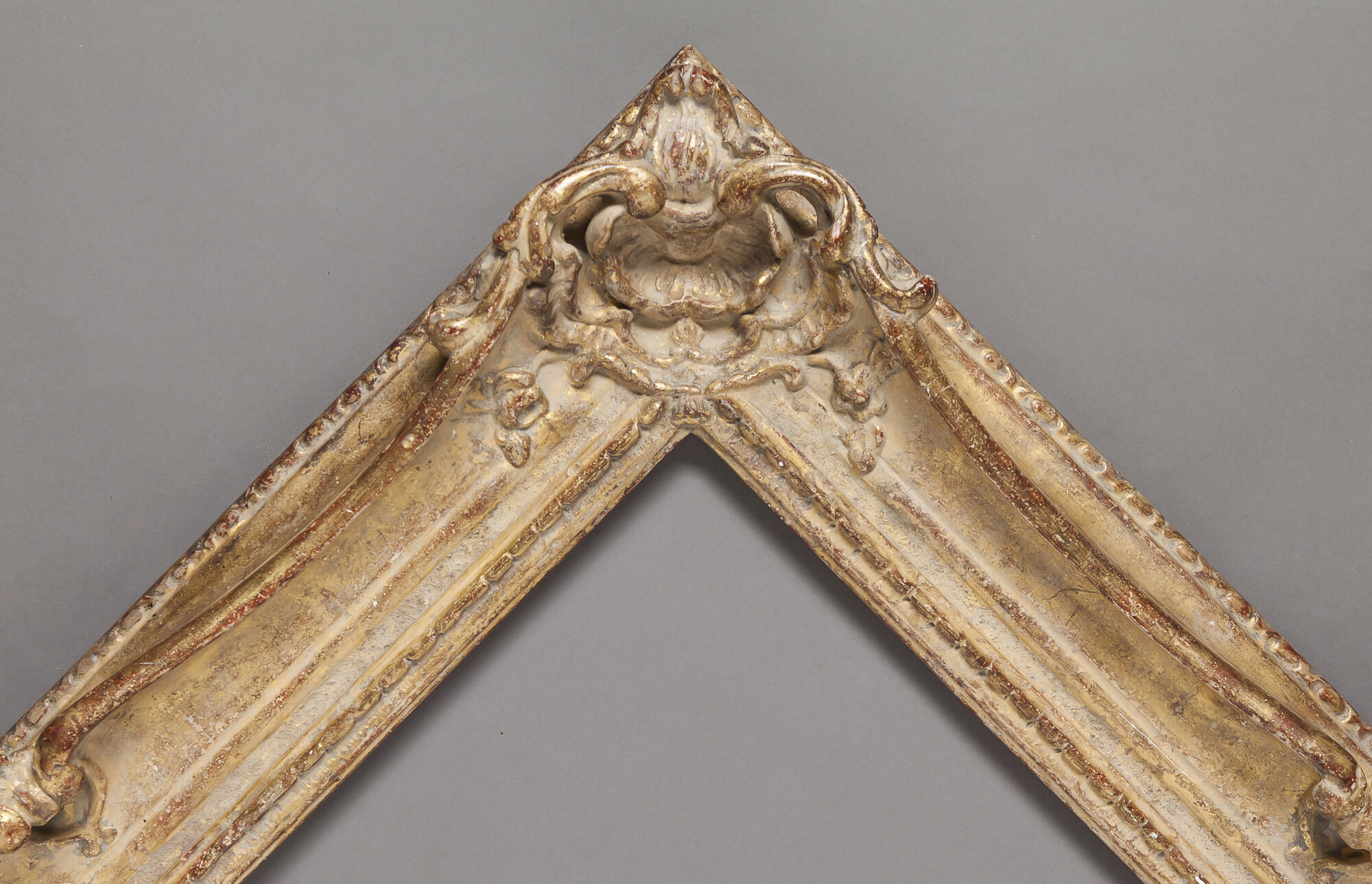Impressionists
Commonly called “Impressionist” fine art frames, these are, in fact, styles from Louis XIV and XV. The Impressionist artists themselves rebelled against the gilded and ornate, often preferring a purer painted 2” form (Seurat made even thinner painted frames for all his works). None more so than Degas, who designed his own frames and preferred simple, white profiles. Many of his ideas survive in his notebooks and there is now an official “Degas frame” – white and fluted. However, the salons and academies had their rules, insisting that no picture could be hung without a gold frame, adding another justification for banning this art from public exhibition. Degas fumed when a group of paintings which he sent to America in modest, white frames returned painted over in gold.
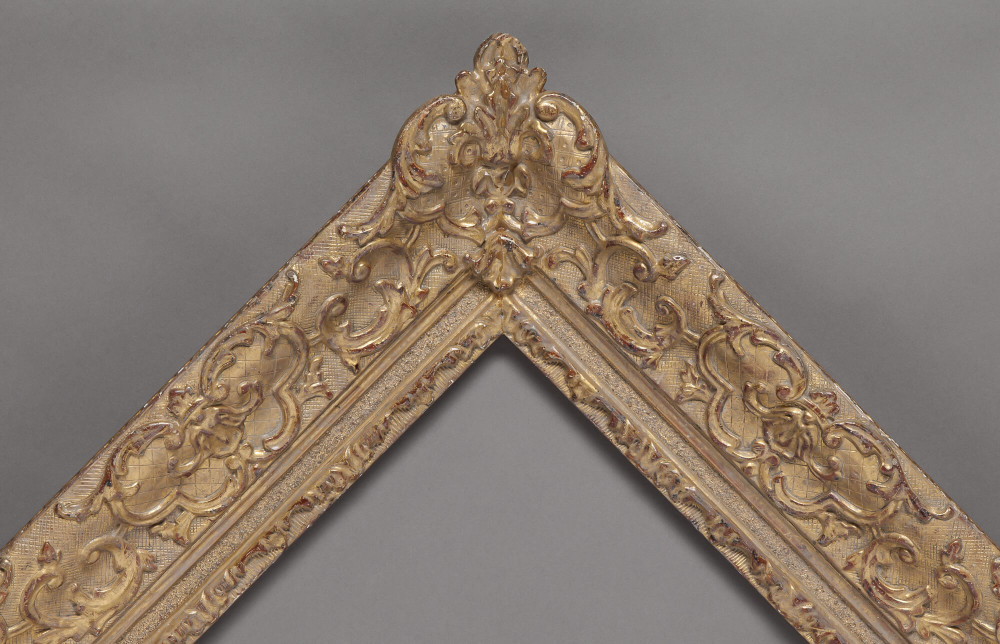
Today, nearly all Impressionist artists are presented in the 18th Century style, with “Louis’s” – glorious, big decapé ones – as standard.
The dealers changed the game. Principally Paul Durand-Ruel, who used Louis XIV and XV frames to give Impressionism an instantaneous gravity, surrounding the shock of the image with carving, gilding and familiarity, making them more seductive for their new owners. Today, nearly all Impressionist artists are presented in the 18th Century style, with “Louis’s” – glorious, big decapé ones – as standard. At Bourlet, we just love to make this frame, carving its sensuous lines, applying and then stripping back gold leaf to accentuate its swirling form.
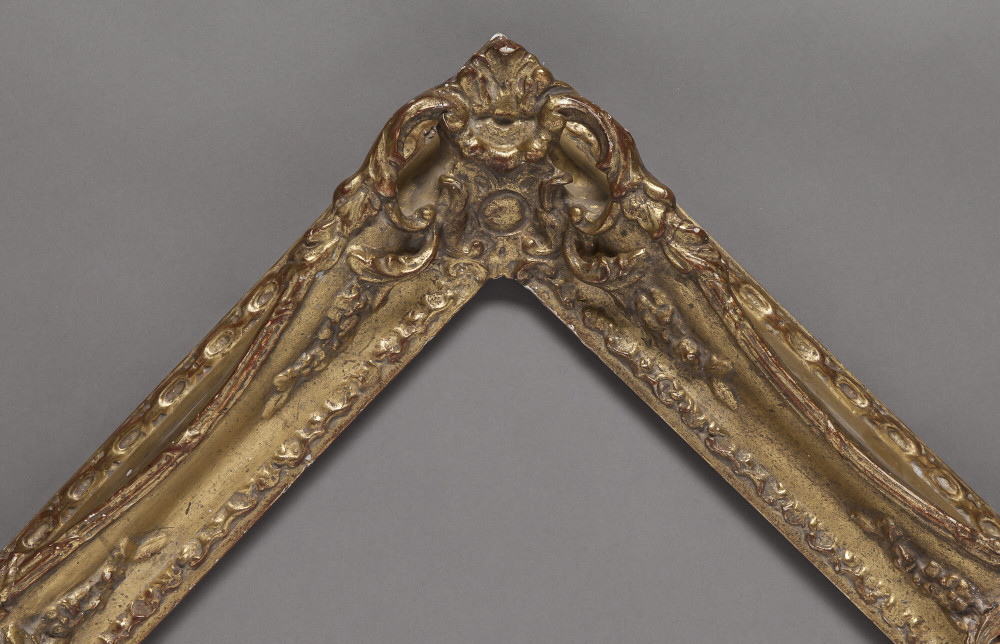
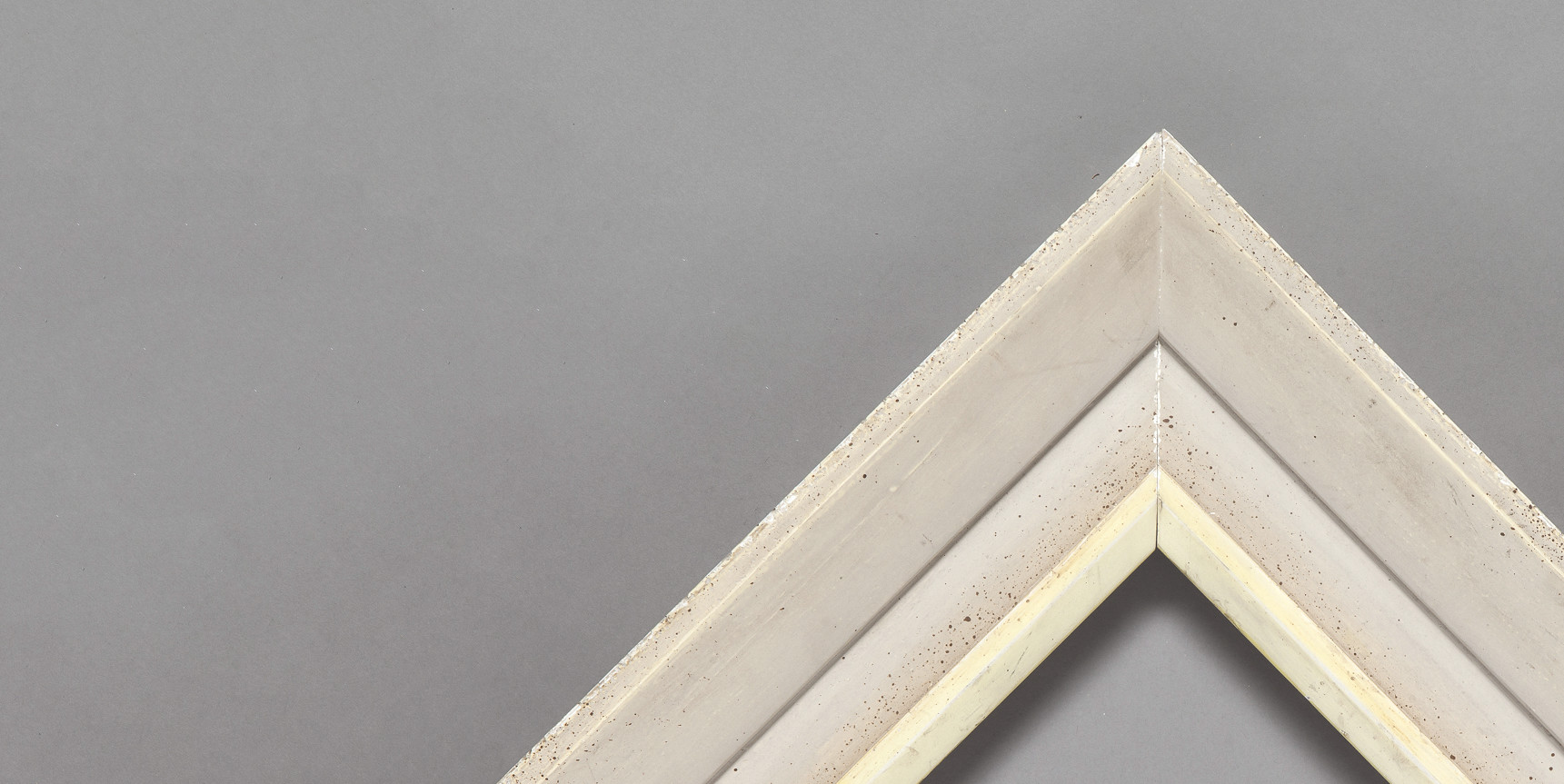
Modern British
With a traditional gilded frame, we are working with just one colour, manipulating it to suit the painting. But with a painted Modern British fine art frame, we have to find the colours and tones which best work with the work itself.
 Download profile
Download profile 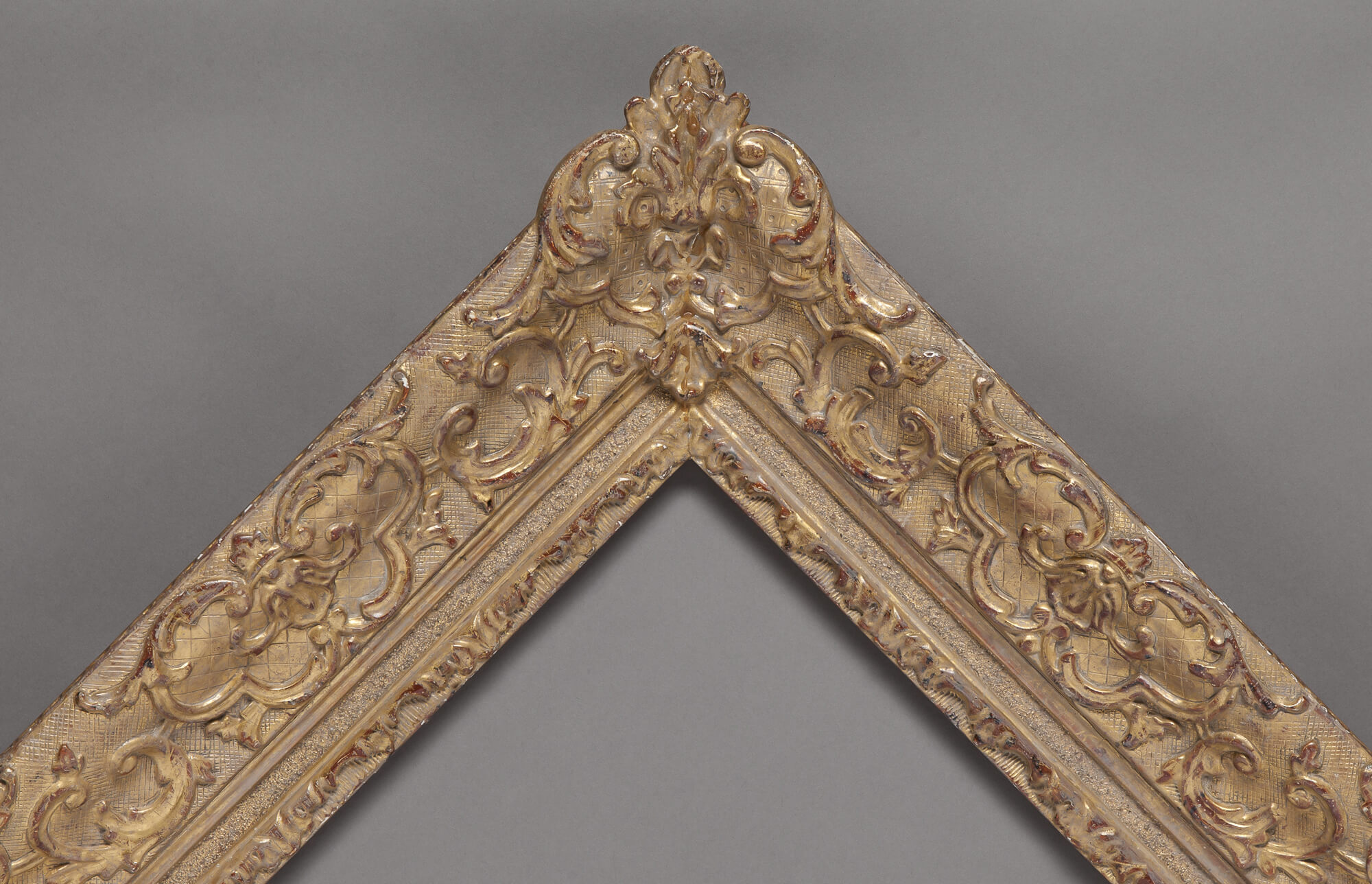
 Download profile
Download profile 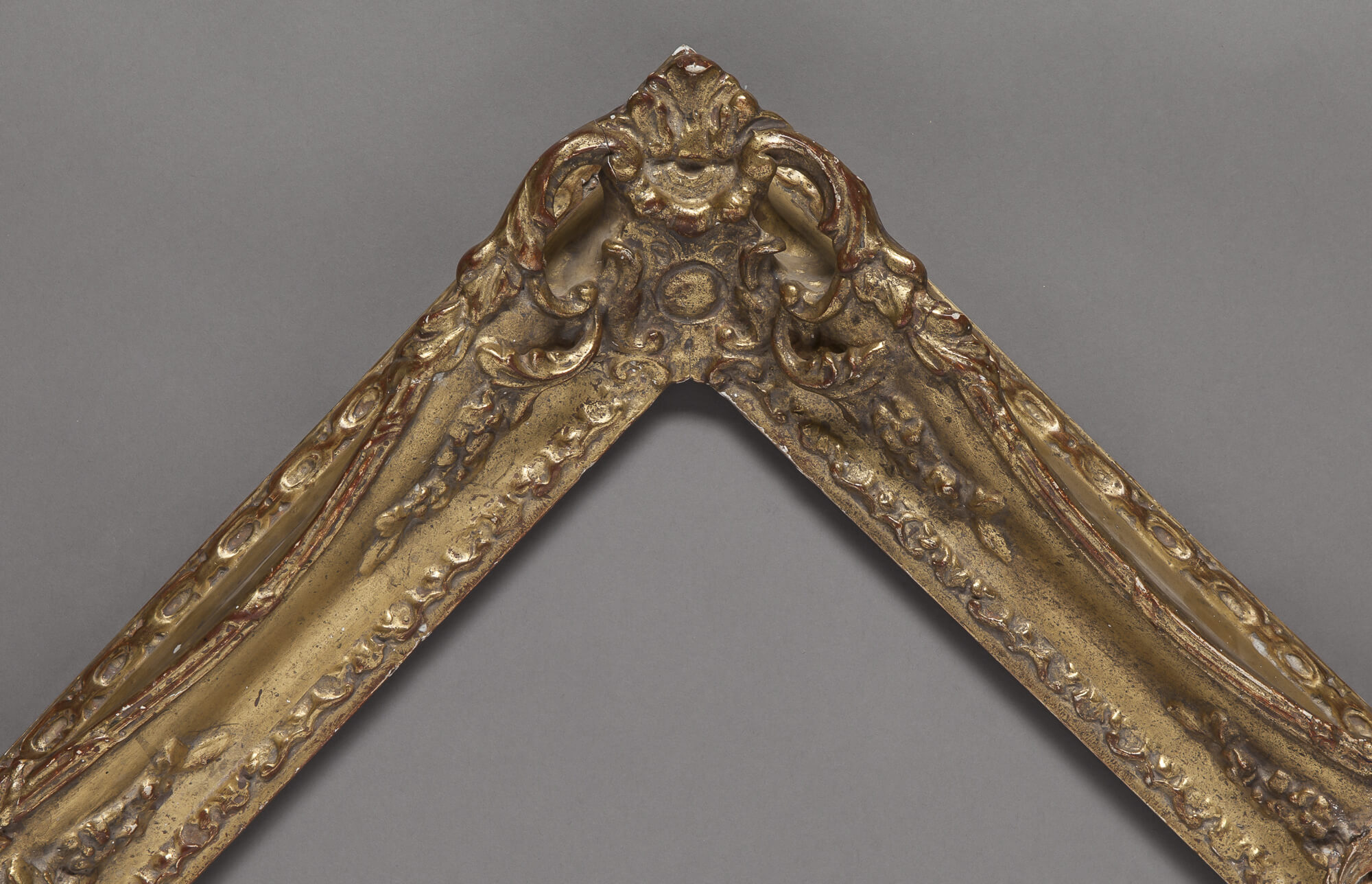
 Download profile
Download profile 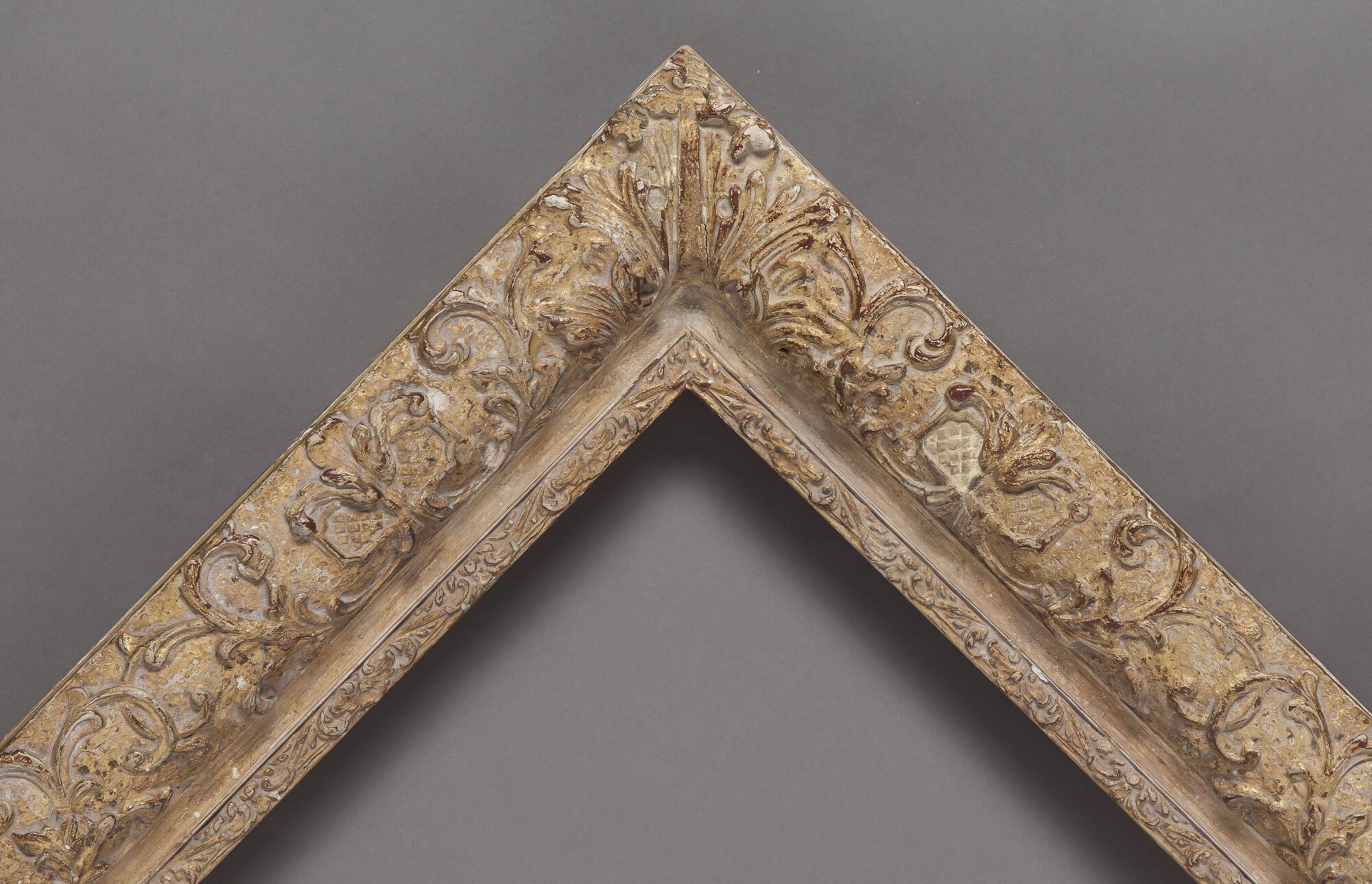
 Download profile
Download profile 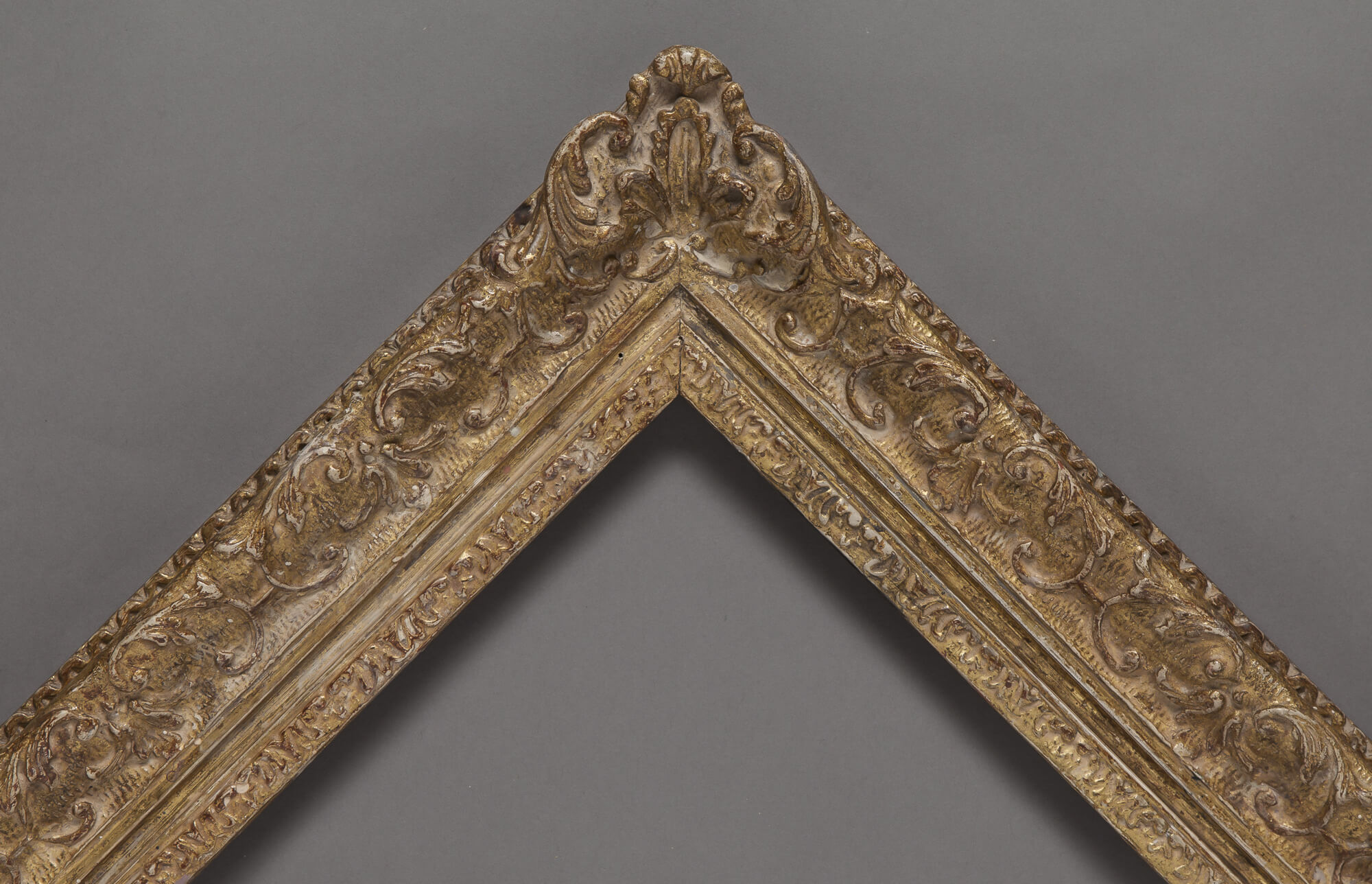
 Download profile
Download profile 